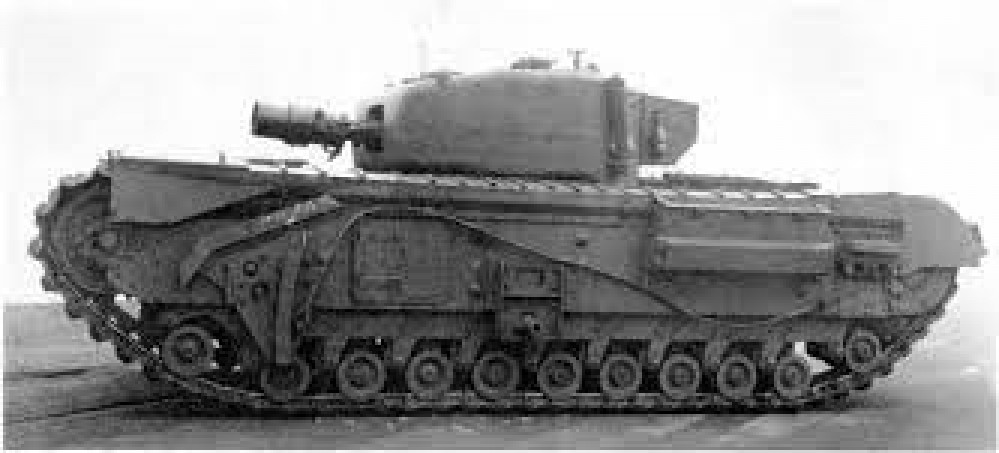
How to be an Armoured Farmer, building Hobart's Funnies in Glorious 15mm (and maybe 28mm if they arrive in time!)
AVRE Log Carpet Layer
So armed with this new information I started looking at all of the reference photos I had gathered and cross checked them with the information in the document and also that obtained by others hunting down the same thing. (Deeper and Deeper into the rabbit hole!).
What I found was amazing, items that to the lay person wouldn’t have stood out, now looked really obvious and confirmed that log carpet AVREs definitely landed on all three commonwealth beaches.
It also showed that the engineers created two sub-variants of the layer. One had a timber bed for the logs to sit on and the other used two, or three steel pipes.
The basic principle was that one log would be suspended on a drop arm with a release mechanism running back to the turret. This log was then linked to the rest of the logs (up to 20 in total) by two wires drilled through each one and fixed at the end. Once the drop arm was released, the first log would fall off in front of the tank and as it travelled over it the rest would be pulled off in succession. The aim being to drop the first log just short of any identified blue clay patches on the beach, with the rest covering it so that vehicles could cross easily without fear of bogging down. The logs themselves were about 14ft long and at least 6″ in diameter. Once deployed, the AVRE was able to bring it’s Petard mortar straight into action to supress enemy positions. What follows is a series of photos showing log carpet variants taken either shortly before, or during D Day. I have omitted a couple of photos taken on Sword Beach as the AVRE in question was being used to shelter injured and dying soldiers by a field dressing station and the bodies of fallen soldiers are clearly visible. This is something that should always be considered when looking into historical information, it should always be used advisedly and whilst showing full respect for whichever combatants are captured within the picture frame.































![TerrainFest 2024 Begins! Build Terrain With OnTableTop & Win A £300 Prize! [Extended!]](https://images.beastsofwar.com/2024/10/TerrainFEST-2024-Social-Media-Post-Square-225-127.jpg)
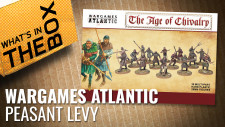
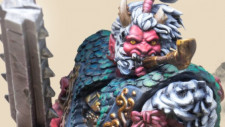
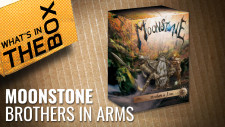

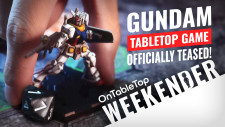






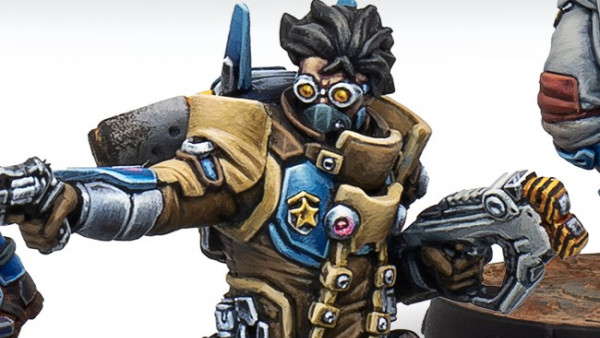
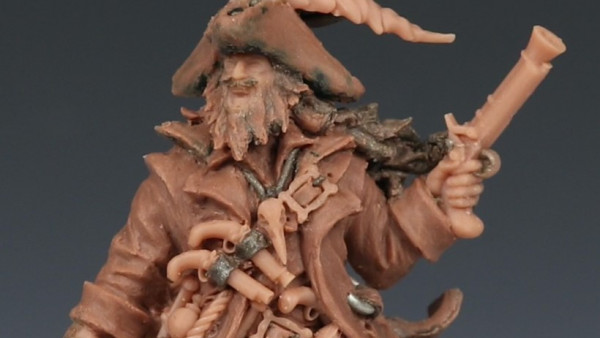
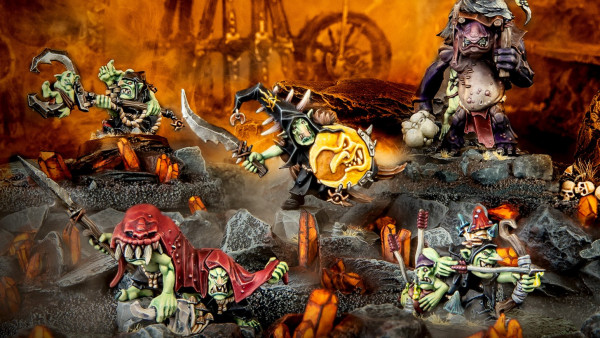
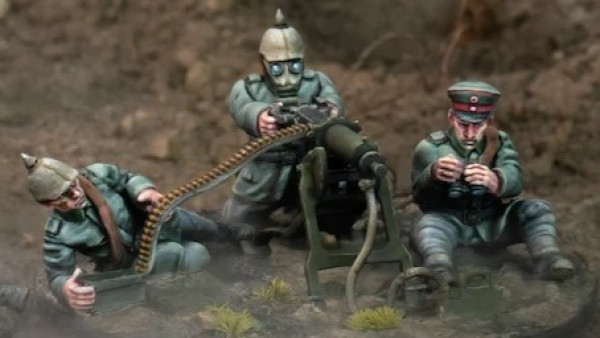
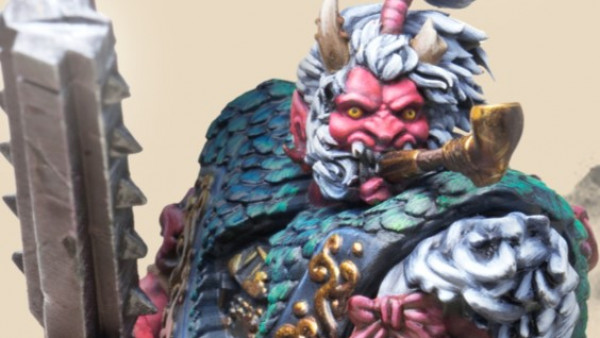
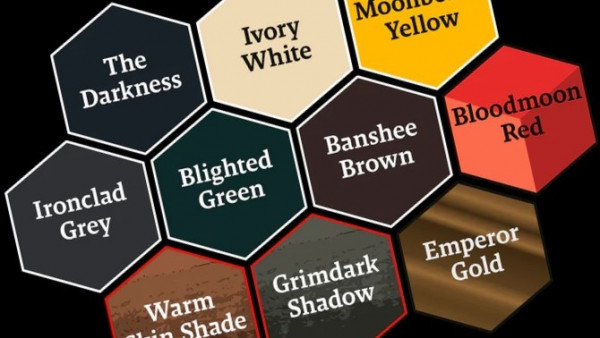
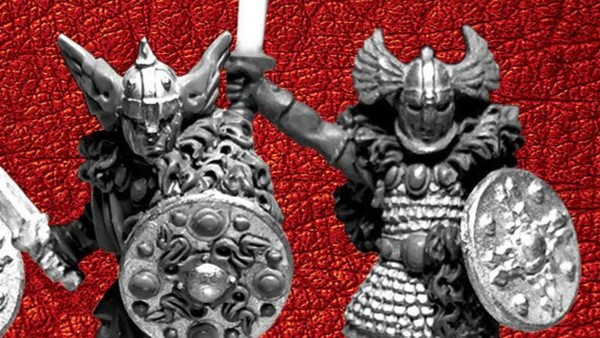

















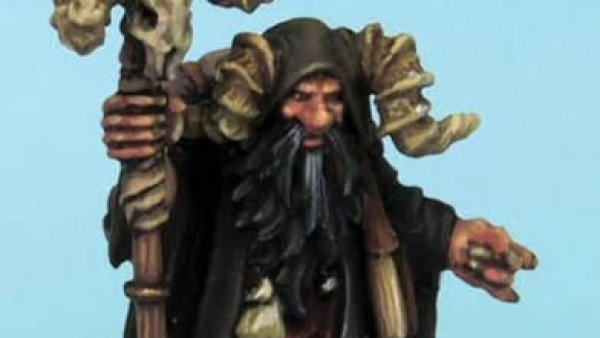
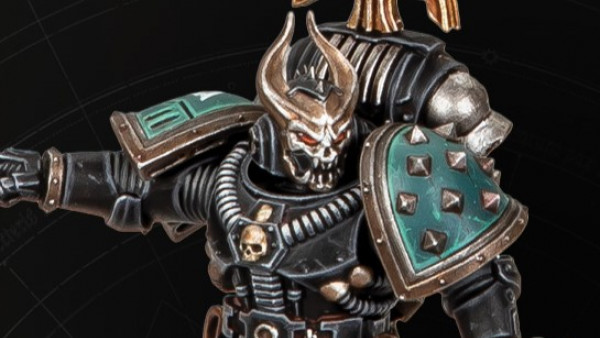
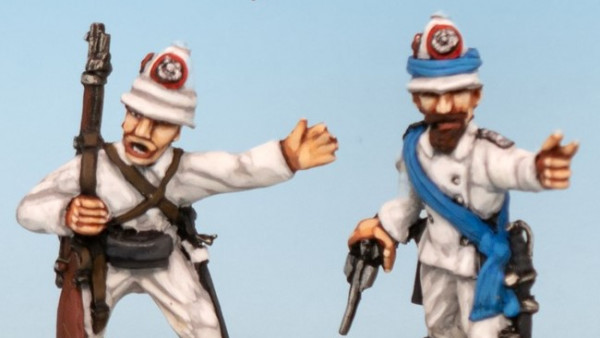
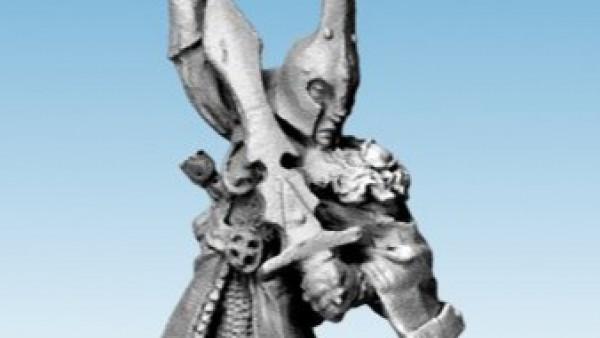
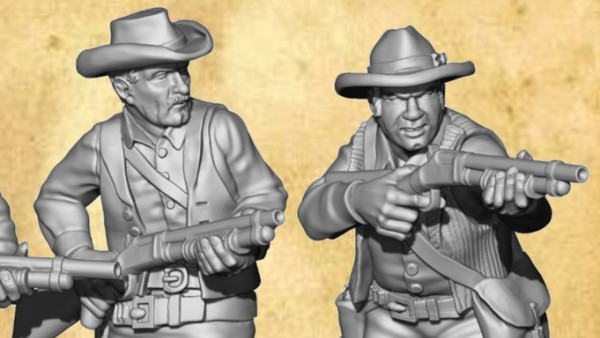


Leave a Reply